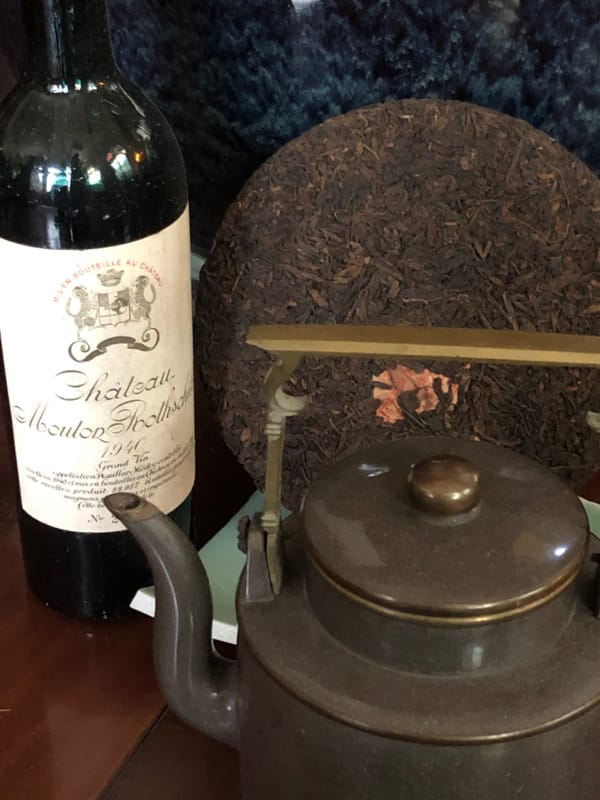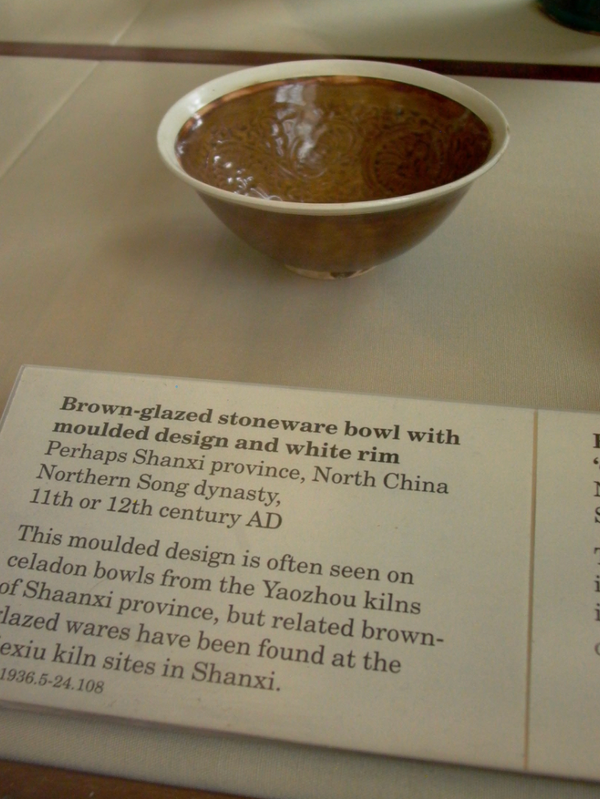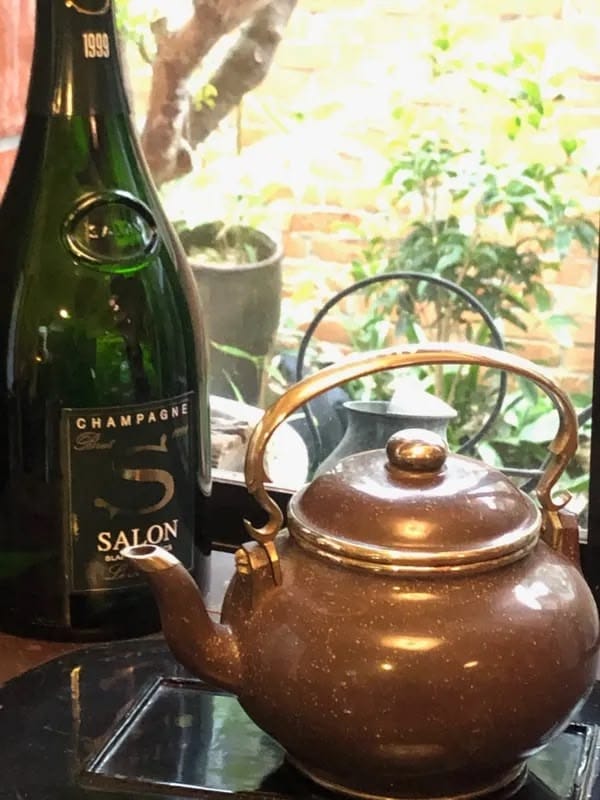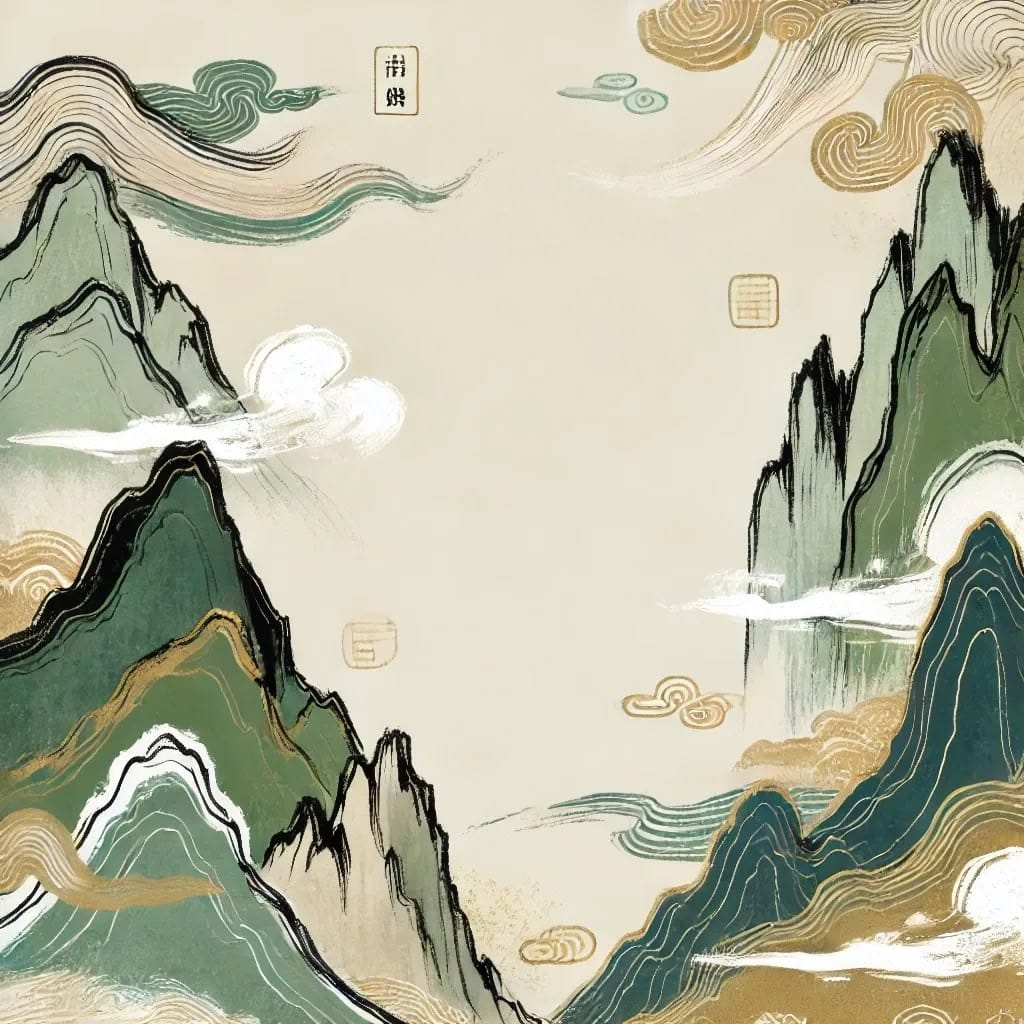Many wine lovers, after savoring legendary wines like the Bordeaux First Growths and DRC, begin to crave a new sensory adventure. If you're wondering what could offer an equally refined experience beyond wine, the answer lies in the elegance of Eastern tea culture.
In fact, tea and wine share surprising similarities. From crafting methods to tasting techniques, both follow the same philosophical trio of Heaven, Earth, and Human. For those already familiar with wine tasting, learning to appreciate tea isn't difficult—it can even open a whole new chapter in your journey of taste.
Want to know how to leverage your wine skills to quickly grasp the essence of tea? Let’s uncover the hidden connections between tea and wine and help you become a connoisseur fluent in both.
Cracking the Code: Tannins as the Common Language
Wine and tea lovers alike can begin their journey by understanding one key element: tannins. These compounds transform sweetness and depth, making them essential to both beverages.
In wine, tannins come from grape skins and oak barrels, contributing structure and ageability. In tea, tannins determine the body of the liquor, its lingering sweetness (hui gan), and its finish (hui yun). The astringency you detect in red wine is mirrored in the tannic mouthfeel of good tea.
Once you understand how tannins work, you’ll be able to read the structure and evolution of tea, just as you would wine—by noticing how initial astringency mellows into sweetness. This transformation is the hallmark of quality tea.
Through this shared language, the world of tea becomes more approachable—and your wine expertise becomes your best tool in navigating tea aromas.
The Philosophy of Heaven, Earth, and Human
The processes behind both winemaking and tea crafting rely on a balance of three forces: climate, terroir, and human craftsmanship.
Climate: The Foundation of Quality
Just as climate dictates the quality of a wine vintage, it also influences the quality of tea leaves. However, tea artisans can adjust for weather variability, embodying the Eastern philosophy that human effort can overcome nature—a concept known as Ren Ding Sheng Tian. Like Bordeaux’s 2005 vintage, tea has seasonal distinctions, such as spring and autumn harvests.
Terroir: The Signature of Place
Bordeaux’s Left Bank gravel creates bold Cabernet Sauvignon; Wuyi Mountain’s rocky soils imbue Da Hong Pao with its famous rock rhyme (Yan Yun). Each tea-producing region leaves a unique and inimitable flavor fingerprint.
Craftsmanship: The Final Word on Quality
Just as winemakers like Henri Jayer or Lalou Bize-Leroy obsess over every step from vine to cellar, top tea artisans carefully manage tea gardens and processing. Though tea masters may not be household names, they are just as essential to the final quality.
From Grape to Leaf: Learning Tea Varietals
Understanding varietals is key in wine tasting—and the same is true for tea.
Wines like Chardonnay, Cabernet Sauvignon, and Merlot each have distinct flavor profiles. In Taiwan’s oolong category, Qingxin, Jinxuan, and Cuiyu offer unique characteristics: floral elegance, milky and osmanthus notes, and a light refreshing aroma, respectively.
Just as you distinguish Chardonnay’s creaminess from Cabernet’s blackcurrant note, you can train your palate to recognize tea cultivars. Once familiar, you can build tasting logs by region and variety—just like a wine journal.
Terroir Matchmaking: Bordeaux First Growths and Chinese Famous Teas
Your deep understanding of top châteaux can help frame the world of premium teas:
- Lafite Rothschild – silky, refined → Wuyi Shiru (Stone Milk)
- Mouton Rothschild – wild, herbal → Rougui (Cinnamon)
- Latour – powerful, mossy → Tie Luo Han
- Margaux – roasted, layered → Muzha Tieguanyin
- Haut-Brion – round, vibrant → Dong Ding Oolong
Champagne Meets Oriental Beauty
Champagne and Oriental Beauty tea (aka “Champagne Oolong”) both bring festive, aromatic joy. Just as Champagne comes in different styles (Blanc de Blancs, Rosé, blends), Oriental Beauty’s natural honeyed aroma and soft bubbles (when carbonated) offer an elegant tea counterpart.
Both beverages are celebratory and uplifting. Some tea companies even carbonate Oriental Beauty and bottle it Champagne-style—proof that the fusion of tea and wine is already becoming a market reality.
Build a Tasting Record System
Apply your wine journaling habits to tea. Track origin, season, processing, cultivar, aroma, texture, and finish. Over time, you’ll see how tea and wine align and build your own sensory database—a precious asset on your tea journey.
From Wine Connoisseur to Tea Sommelier
Your wine palate is a great asset in tea. The steps—see, smell, sip, savor—apply to both. Use wine descriptors to express tea experiences.
Most importantly, your grasp of terroir, process, and aging gives you a shortcut to tea mastery. Moving from wine to tea isn’t just a shift in taste—it’s a deeper dive into culture.




